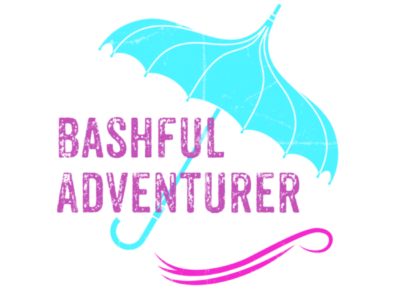On the first full day of our stay at the Cotton Tree Lodge on the Moho River in the Toledo District of Belize, we haven’t yet learned which plant leaves to rub on our skin so the mosquitos won’t bite us. We have heard the howler monkeys but haven’t yet seen one. We’ve not gotten used to eating guava and beans for breakfast. We’re still uncomfortable seeing machete-carrying men walking down dirt roads. We don’t yet appreciate how grateful people are if you offer them a ride. We haven’t yet gotten our jungle eyes.
We don’t know, yet, about why the mahogany disappeared, or that slavery was abolished long before it was in the United States, or that Mennonites are here. We haven’t learned the life span of thatched roofs, or ways to thatch, or that thatching should only occur during certain phases of the moon.
We set off for Lubaantun, Mayan ruins also located in the Toledo District. We expect a smaller version of Mexico’s Chichen Itza with busloads of tourists. Our party of five, including our guide, is the only one there.
We observe the ball court, look at old tombs, at an area believed to be a kitchen. We wonder about the Maya who were here and the reasons they left. We’re saddened by the methods of those early “archeologists” who uncovered this place. We learn that they blew up some of the ruins, apparently seeking treasure they suspected was buried beneath.
At the visitor center, we are told about the myth of the crystal skull, a thousands-of-years-old item allegedly found in the 1920s by the teenage daughter of an archeologist on her sixteenth birthday. She supposedly kept the skull in Canada until her death in 2007. Now said to be in the hands of her caregiver, the skull, purportedly made of quartz, could not have made with the tools available at the time. Some say it’s a hoax. We want the story to be true. We want to learn a whole lot more about the people who lived here. But first we set off for a swim at Rio Blanco.
—Lori Tripoli





